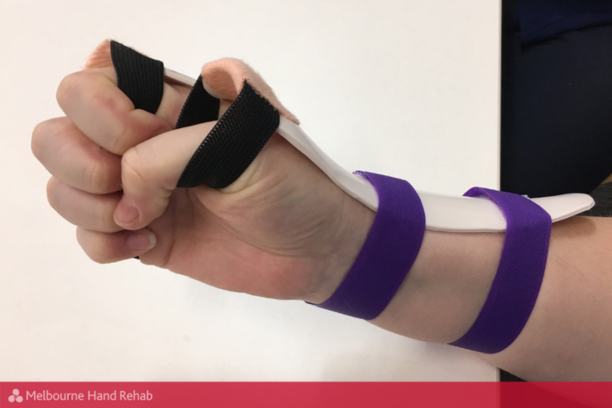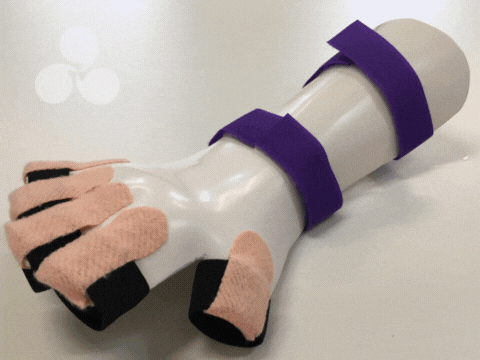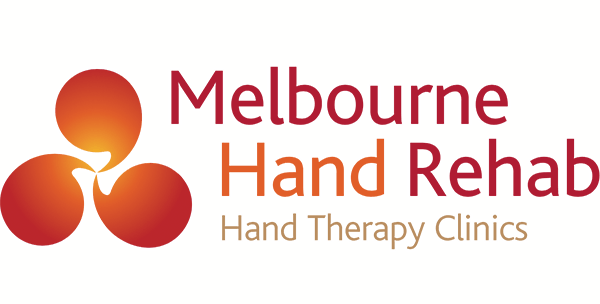
07 Oct Radial Nerve Palsy: “I can’t lift my wrist or fingers”
Radial Nerve Palsy can be frightening. In particular, losing the ability to lift your wrist or fingers can feel alarming. Without understanding the cause, it’s easy to feel confused or overwhelmed.
This guide explains what Radial Nerve Palsy is, what causes it, how it affects your arm and hand, and the steps you can take to recover.
What causes Radial Nerve Palsy?
Radial nerve palsy is a compression of the radial nerve above or below the elbow. Consequently, this causes the denervation of the muscles that extend the wrist, thumb and fingers due to prolonged pressure on the nerve. This can happen to anyone of any age. Specifically, this condition is usually due to sleeping on the arm in a position that causes compression of the radial nerve. It is often called ‘Saturday night palsy’, this name is because of extreme exhaustion which leads to sleeping on the arm without moving the body and arm during your sleep. Other causes include trauma to the forearm or elbow, a humeral fracture, autoimmune disorders, or vascular disorders.
What are the symptoms?
The most outstanding symptoms are the inability to extend/lift the fingers, thumb and wrist (“wrist drop”). Other symptoms can include numbness or tingling of the thumb, index and middle fingers. Pain and inability to grasp or function may occur.
What do I do?
It is urgent that you see your healthcare professional or GP, and then book an appointment with a hand therapist to support your optimal recovery.
What will the hand therapist do?
- Your hand therapist will fabricate a custom thermoplastic splint. You will need a splint to hold your wrist and fingers in extension. The splint will maintain your muscles in the best position for reinnervation.
- A second splint may be necessary for function. Your therapist will custom-make a dynamic splint with specific dimensions to keep your wrist and fingers extended, helping you function and return to work.
- Your therapist will prescribe gentle, progressive strengthening, endurance, range of motion, and nerve gliding exercises to support your recovery.
- An ergonomic assessment of your work, leisure and sleep patterns are also beneficial from your hand therapist.
- Your therapist will assess and address your work and daily activities to help you manage tasks and maintain independence in everyday life.

Will I get better?
Radial nerve palsy is temporary if managed correctly. The time frame for recovery will vary from person to person. Recovery usually takes weeks to months. With proper treatment and early intervention, you can expect to fully recover and return to your daily, leisure, and work activities.
If you’re experiencing weakness in your wrist or fingers and suspect radial nerve palsy, get in touch with our team – we’re here to help you understand what’s happening and support your recovery.
BOOK AN APPOINTMENT
For more information, call us directly on 03 9458 5166



